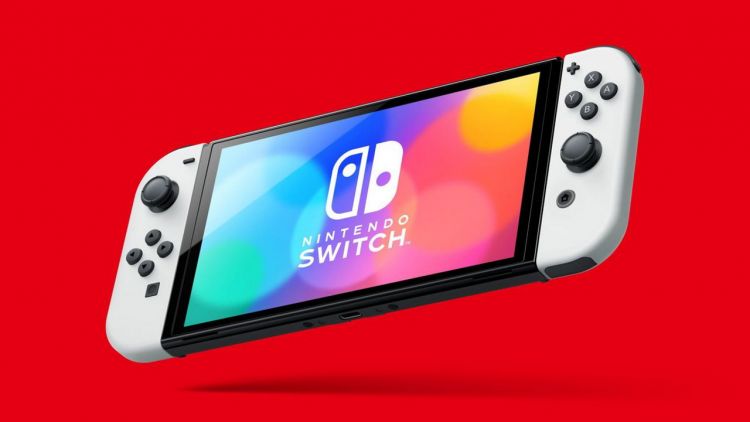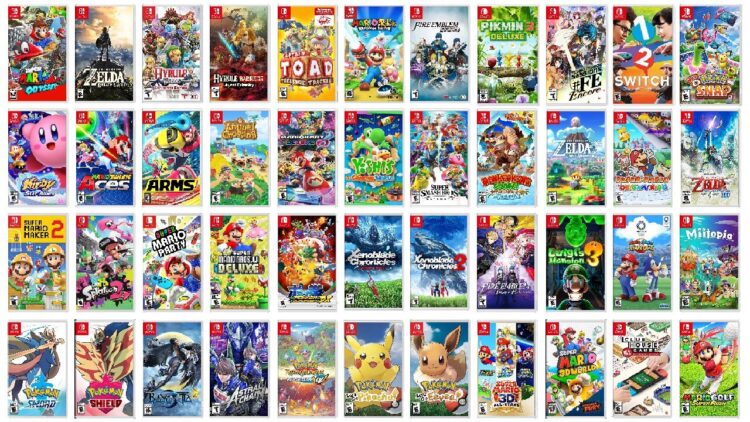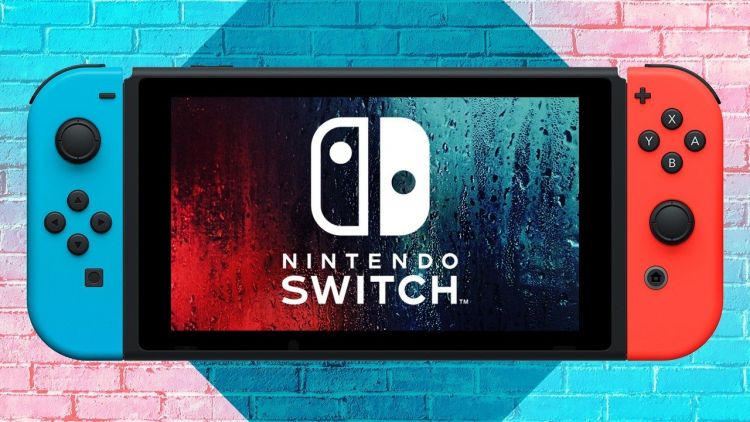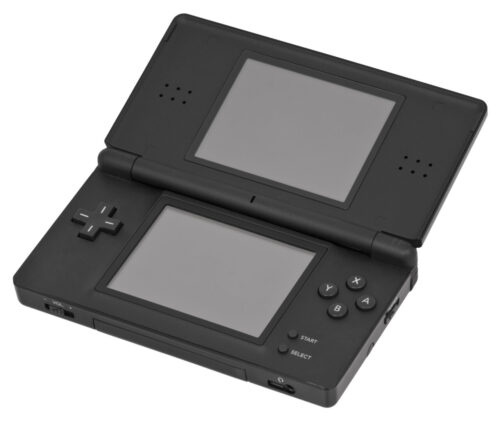If you’ve been listening to the Nintendo Entertainment Podcast recently (and if you haven’t, please do; it’s a really great show we like to do!), you’ll know that we’ve been covering pretty much every Nintendo Switch Successor rumor that has been hitting the internet. Not because we WANT to, but because EVERYONE has been dropping rumors about what the Switch successor (or Switch 2, should you desire) can do and can’t do. However, one of the most popular rumors focuses on hardware capability regarding graphics. But the real question should be whether we can play the Switch games we own on the Switch Successor.
As a longtime Nintendo fanboy (it says so in my bio), I think we absolutely should for multiple reasons. Allow me to explain why the Nintendo Switch Successor should have backward compatibility from the start.
Why Alienate Your Massive Install Base?

One thing that cannot be overstated is that the video game industry doesn’t have a 1-to-1 transfer rate from one gaming generation to the next. Nintendo has proven that tons of times over the years, but so have the other companies. The best-selling console ever is the PlayStation 2, but when the PS3 came out, not everyone who had a PS2 bought the new system. When the Wii U had its lifespan cut short, the Switch bounced Nintendo back into the stratosphere and outsold their last-gen console within a year!
The reason I bring this up is that right now, the Switch has over 130 million units sold. That many people aren’t going to get the next console right off the bat because there won’t be enough units. Those who do get it, though, also won’t buy every game that’s out there for numerous reasons, including money reasons. So, if the Switch 2 would play Switch games from the get-go, everyone who has both systems wins. Plus, it entices people from the past generation to get the new generation and know that all the games they’ve already bought will be there for them once there’s a “dry period.”
Now, some might say that because the Switch is mobile, that shouldn’t be a requirement, as you could potentially have two mobile systems on hand. But here’s another way to think about it. If the Nintendo Switch Successor has a MUCH better battery life, wouldn’t you rather play your old games on the new system so that you won’t have to recharge as much? Plus, if the new handheld, should it have one (and it likely will), has a better processor and graphics capability, wouldn’t you rather play your older games on the system that’ll render them better? That’s what I thought.
Nintendo NEEDS to have a nice transfer from one generation to the next, and ensuring their past hit titles play on the new system is a good way to help with that. Plus, if it takes away a certain “money grab” excuse of theirs…
Fewer Ports, More Originals
When the Nintendo Switch came out, there’s little doubt that they had a strong roster of games coming out in that first year. They had Legend of Zelda, Mario, Xenoblade Chronicles, Splatoon, and new IPs in Arms and Mario + Rabbids to help things really pop on the Switch right out of the gate. But, they also relied on certain ports in that first year and in the years to come to pad things until the other titles were ready for release.
With some of these, like Mario Kart 8 Deluxe, Donkey Kong Country Tropical Freeze, and others, it wasn’t a bad idea because they didn’t sell well on the Wii U and could get “new life” on the Switch, and they did!
However, as time went on, Nintendo focused more on ports than they did on creating new titles, and that created a lot of missed opportunities both in the 1st and 3rd party space. Case in point, the Switch port of Donkey Kong Country Tropical Freeze sold over 4.6 million units on the Switch, well over double what the Wii U version did. The port came out in 2018, but we never got a third title in the rebooted DKC line. Many people said it was coming, but it never did.
Also, despite the Switch having over 130+ million units sold (as of this article being published), Nintendo didn’t try and use that wider base to bring back franchises like Star Fox, F-Zero, Golden Sun, Kid Icarus, and more. Those series could’ve gotten “new life” with this console and shown Nintendo that these franchises deserved to continue.
Instead, in this “final year” of the Nintendo Switch, we’re getting a TON of Mario-themed titles, and two of them are ports/remasters. With backward compatibility, the “crutch” of ports won’t be needed because players can just enjoy the versions they bought on Switch, and thus, team members can focus on making more Nintendo’s IP library come to life on the new system.
Which is something fans have been asking for.
Boosting The Switch While Focusing The Successor
Nintendo’s President has already said that they’re going to support the Switch software-wise until the end of March 2025 at the least. That’s a smart move because, as I outlined earlier, there won’t be enough Nintendo Switch Successors at the consoles’ launch to allow everyone to get a unit. Thus, they need to support the Switch while building up the fanbase for the successor.
But there’s another thing to consider here that could be beneficial to Nintendo, and it ties back to backward compatibility. Those who have the Nintendo Switch Successor won’t have a ton of games to play at the start, and thus, they’ll go back to the Switch titles they already have, again, as I outlined earlier. But another side effect of this is that they could go, “Well, I don’t have a new Switch 2 game to buy for a while; maybe I’ll buy a Switch game I never got.”
They’ll still play the new system should it be backward compatible and reap the benefits of it (better battery, graphics, frame rate, etc.), but they’ll also continue to buy from the Switch library because they still want to play those titles they never got to. Either way, they make money because people will buy the new console and play/buy games from two different systems for it. As play loves to joke, Nintendo loves it when “it prints money!” and this is an opportunity for that to happen via backward compatibility.
Without it? People might not want to buy a Switch 2 for a while since their Switch games only work on the original system, and the new system might not have a “worthy library” to justify the multi-hundred dollar purchase.
Hardware Exists To Make It Handle Both
Here’s the thing: I acknowledge that there is a singular “big reason” why Nintendo might not do reverse compatibility on the next console: hardware. As we know, Nintendo has been prone to jump from one style of “software device” to another. They did it when they jumped from cartridges to disks and then from disks back to cartridges. Currently, it seems like they’ll continue the cartridge trend, but there’s a chance that the new hardware might not support the old cartridges, depending on its design.
I accept that could happen. However, Nintendo’s own history proves that they can work a way around that, and for proof, you need only look at the best-selling video game hardware ever: The Nintendo DS.
This was a system that had TWO different types of cartridges it could play: DS cartridges and Game Boy Advance cartridges. I LOVED having that ability because there were PLENTY of GBA games I could enjoy on my new system while I waited for new games to enjoy. And if you can’t remember, those two cartridges were VASTLY different in looks and power.
It’s true a Switch/Switch 2 dual-system might be harder to make work, but given everything I’ve already talked about, it would be worth the effort. Nintendo had a long string of backward-compatible systems, both in handheld and console form, and it’s time to bring that back.
Look, in the end, it’s impossible to know what Nintendo is going to do with their next console. PLENTY of rumors about the Nintendo Switch Successor have already come out, and they’ll continue to come out until The Big N shuts them up.
But if the company wants to succeed like it did with the Switch, it needs to do several things. First, make improvements upon what the Switch did right and wrong so players know they’re getting something better than before. Second, have a strong first and second-year lineup to warrant a new console purchase. And third, show them that all the time and effort they spent on the Switch and its games weren’t in vain. Backward compatibility will solve that third issue rather easily.





